
Front_Office_Operations
.pdf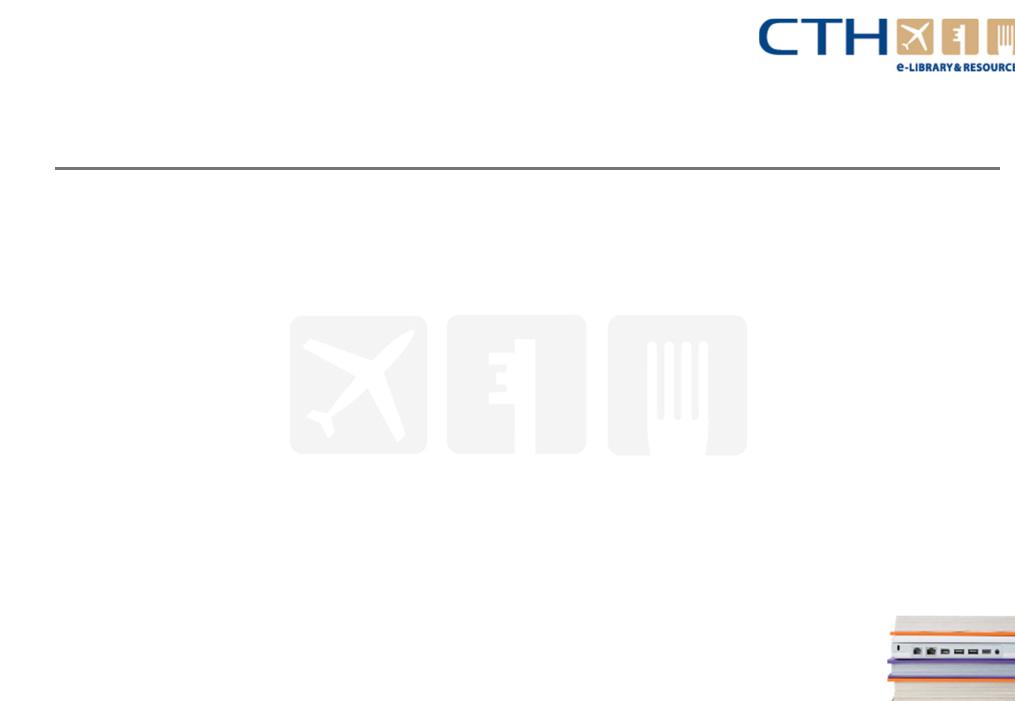
Chapter 3 – Check-in procedures
Objectives
In this chapter you will learn to :-
●Procedures for receiving and checking-in guests
●How to use manual and electronic room status systems
●How to deal with chance arrivals, group check-ins, foreign guest registrations and non-arrivals
●How to issue keys and 'walk' a guest
●How to deal with VIP guests and guests with special requirements
●How to offer services such as wake-up calls and papers16
www.cthresources.com |
Page 151 |
|
www.cthawards.com |
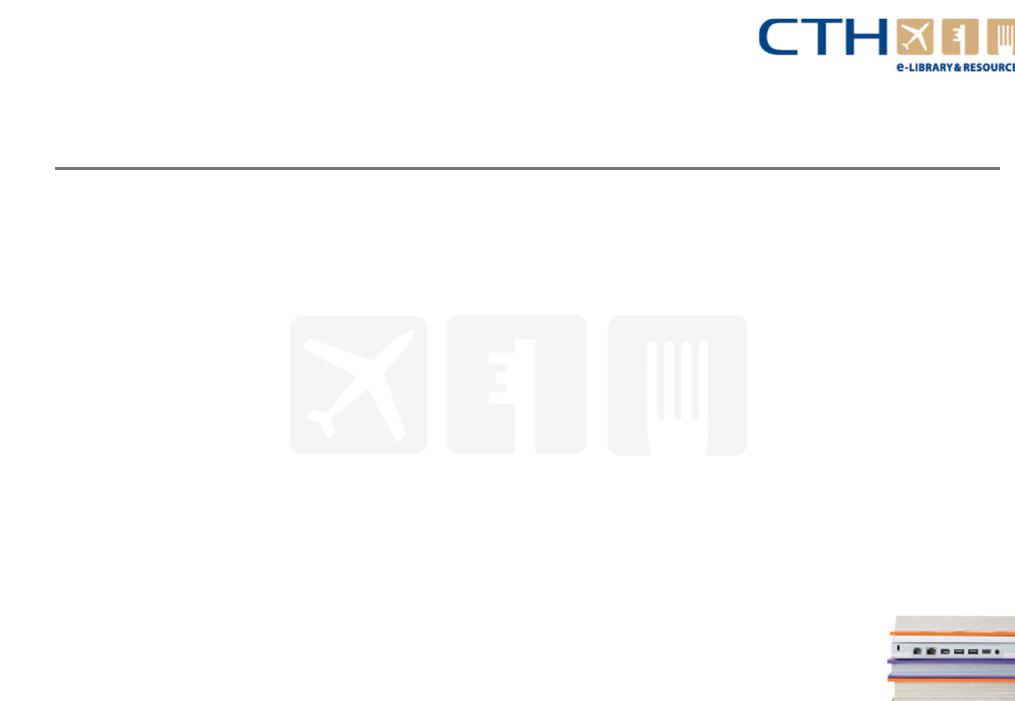
Chapter 3 – Check-in procedures
Receiving and checking-in guests
1.Receiving and checking-in guests
1.1Pre-arrival
1.2Welcoming or receiving guests
1.3Registration
1.4Room allocation
1.5Booking-out or ‘walking’ the guest
1.6Checking the method of payment
1.7Issuing keys
1.8Information and services
1.9Follow-up administration
1.10Automated or self-service check-in
1.11Offering additional services on check-in
1.12computerised check-in
www.cthresources.com |
Page 152 |
|
www.cthawards.com |
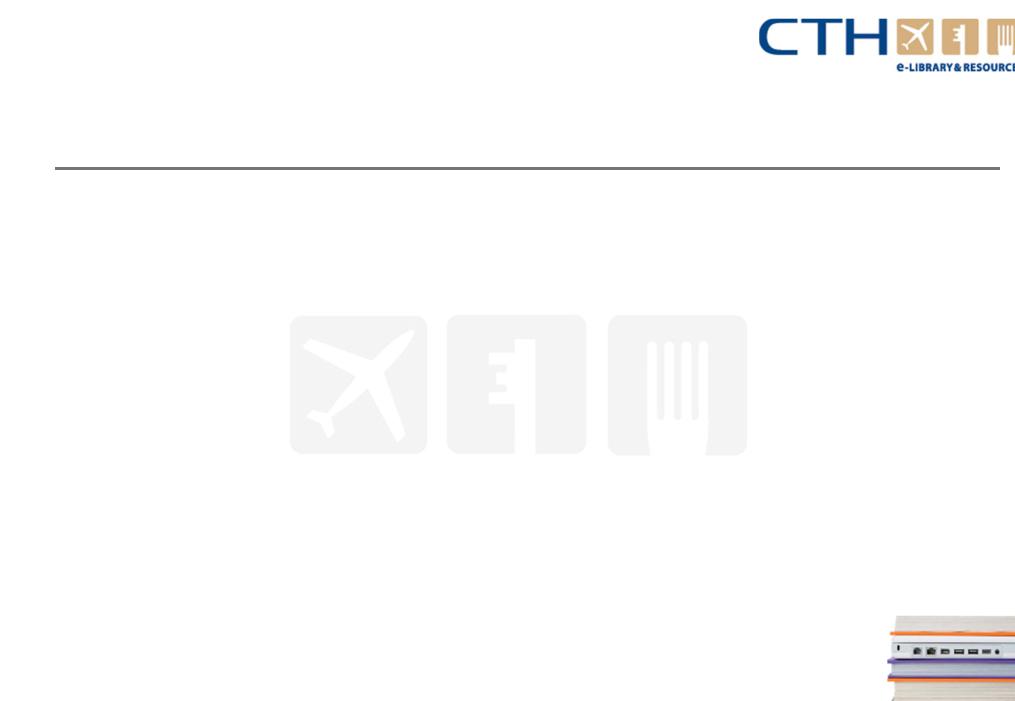
Chapter 3 – Check-in procedures
Receiving and checking-in guests
1.1 Pre-arrival
The front office needs a list of all the guests expected on a given day to prepare for guests’ arrival, with their estimated arrival times, room type (or allocated room, if any), special requirements, and so on.
The arrivals list is usually generated, using the data in the bookings diary, the day before the arrival date, so that it is as current as possible (allowing for the possibility of last-minute walk-in or 'chance‘ lettings). Separate group arrivals lists and VIP/Special Attention Guest lists may be generated a week in advance, however, because such guests generally require more preparation. These various lists will be copied, as required, to the housekeeping department (so that rooms can be prepared for new arrivals), the food and beverage manager (e.g.. for incoming banqueting parties), and guest relations (e.g.. if some arrivals are flagged as VIPs).
A manually-produced arrivals list is illustrated at Figure 3.1. ETA stands for 'estimated time of
arrival'. You might like to compare this with the bookings diary (Figure 2.1): note that the entries have been put in alphabetical order, so that as guests arrive, their details are easy to locate.
www.cthresources.com |
Page 153 |
|
www.cthawards.com |
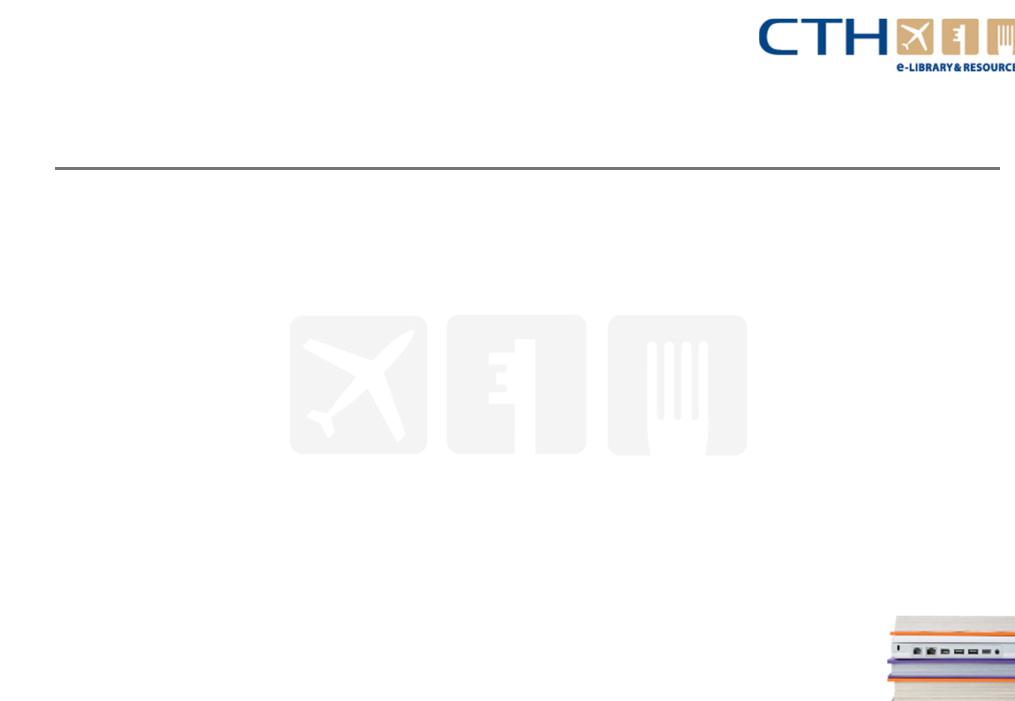
Chapter 3 – Check-in procedures
Receiving and checking-in guests
Figure 3.1: Arrivals list
DATE OF ARRIVAL |
28-May-09 |
|
|
|
|
||
Name |
No of adults |
No of children |
Room type |
Room allocated |
Length of stay |
ETA |
Notes |
Blew |
1 |
|
SS |
11 |
1N |
18.00 |
|
|
|
|
|
|
|
|
Wheelchair |
Green |
2 |
|
DB |
12 |
2N |
17.00 |
access |
Pincke |
2 |
|
TB |
13 |
2N |
19.30 |
|
In a computerised system, daily arrivals lists can be generated automatically from the reservations data, by simply selecting all reservations made on a particular date, and sorting them alphabetically, see Figure 3.2.
www.cthresources.com |
Page 154 |
|
www.cthawards.com |
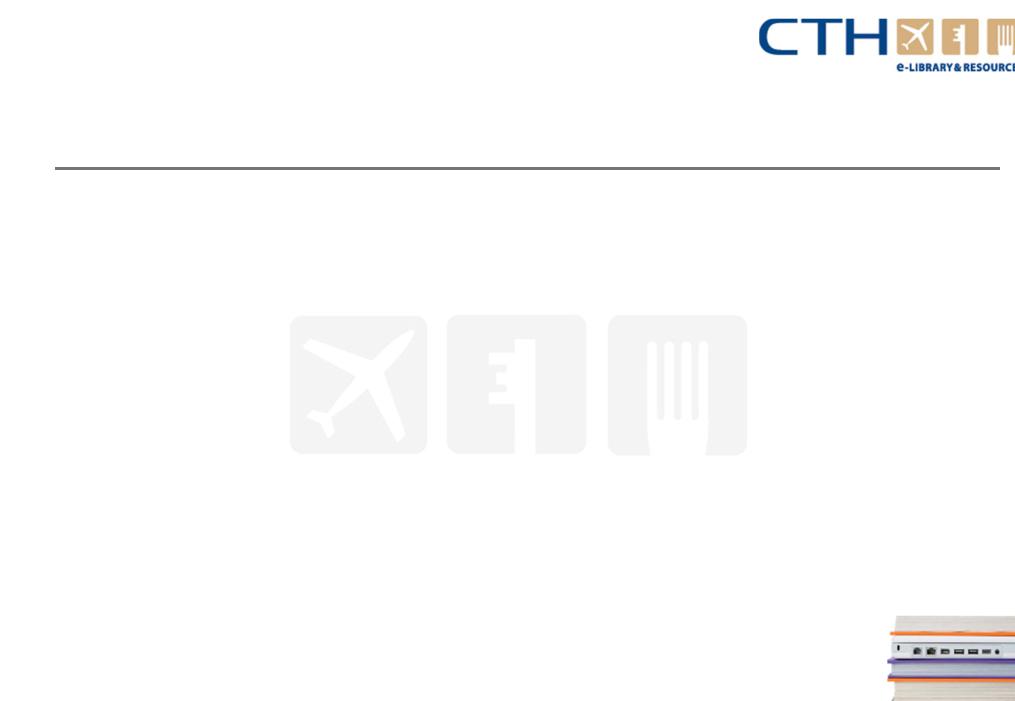
Chapter 3 – Check-in procedures
Receiving and checking-in guests
1.2 Welcoming or receiving guests
First impressions are incredibly important. The look, the appearance and manner of the reception and the front house staff: everything will either match, exceed or disappoint guests' expectations - which in turn may influence how they feel about their whole stay at the hotel, how they describe their experience to others - and whether or a not they come back!. It doesn't matter how good Your check-in systems and procedures are, or how impressive the public spaces of the hotel: if reception staff don't welcome every guest promptly, courteously and in a friendly manner (as appropriate to the formal or informal style of the hotel), all the effort put into efficiency will be wasted.
www.cthresources.com |
Page 155 |
|
www.cthawards.com |
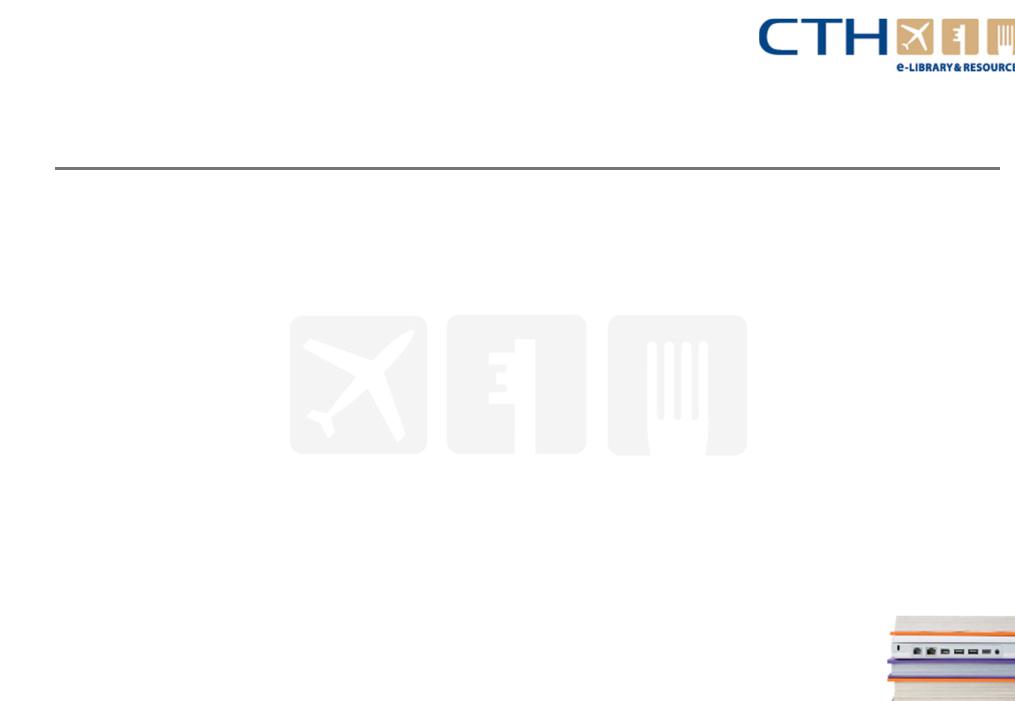
Chapter 3 – Check-in procedures
Receiving and checking-in guests
1.3 Registration
On the guests’ arrival at the front desk, the receptionist will look up the arrivals list and/or other booking records and check the guest's booking details - first of all, to make sure that there is in fact a booking, and a room available (and that the guest has turned up at the right hotel on the right day!) Guest records will have to be set up from scratch for 'chance' or walk-in guests, for whom no advance reservation records exist. After greeting a guest in a welcoming and courteous manner, confirming or entering the guests booking and dealing with any urgent questions the guest may have (such as whether cars can be left standing outside, or whether there is help available with luggage), the receptionist should ask the guest to 'register'.
Under the Immigration (Hotel Records) Order 1972, all hotels, boarding houses and other accommodation providers must keep a record of the full name and nationality of their guests over 16 years of age: each guest must be separately registered.
'Aliens' (generally, foreign guests who are not UK, Commonwealth, Republic of Ireland or European
Union passport holders) must also record:
●The number and place of issue of their passport
●Their next destination after they leave the hotel: a town or region, and ideally also an address.
www.cthresources.com |
Page 156 |
|
www.cthawards.com |
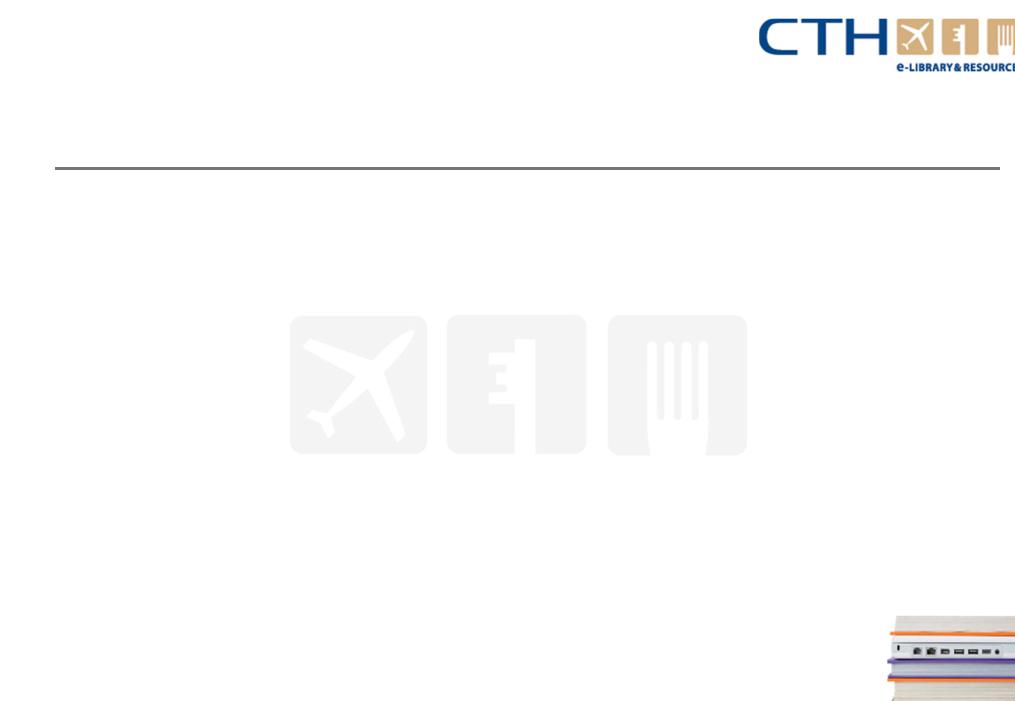
Chapter 3 – Check-in procedures
Receiving and checking-in guests
1.3 Registration
Why do guests need to register?
Registration is helpful for both guest and hotel, in various ways.
●It satisfies the legal requirements for hotels to keep records of their guests.
●It provides a record of arrivals (as opposed to reservations), which may help to account for residents in the event of a fire or other disaster.
●It provides management information: e.g.. about the proportion of arrivals to reservations; occupancy
statistics; the national origin of guests and so on.
●It confirms guests' acceptance of the hotel's terms and conditions (if they are asked to sign the register).
●It occupies the guest while the receptionist checks booking records, allocates rooms, prepares keys etc.
www.cthresources.com |
Page 157 |
|
www.cthawards.com |
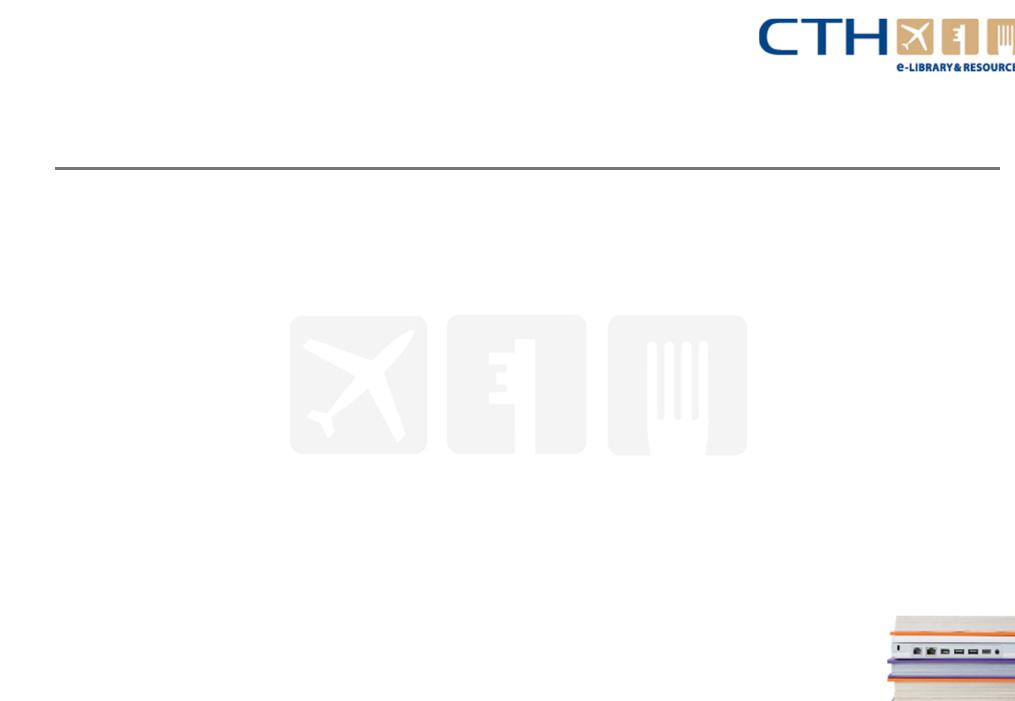
Chapter 3 – Check-in procedures
Receiving and checking-in guests
1.3 Registration
A register may take the form of a bound registration book. As an alternative, the register may only cover the standard details for UK travellers, with a supplementary 'Overseas Visitors Form' (or 'aliens form') provided to gather information from overseas visitors.
|
Hill town hotel |
|
|
|
|
|
Guest register |
|||
|
|
|
|
|
|
|
|
|
|
|
Date |
Surname |
Forenames |
Address |
Nat. |
Rm |
Signature |
Car reg. |
Passport no |
Place of |
Next |
|
|
|
|
|
|
|
|
|
issue |
destination |
28/05 |
Greene |
Mr. A B |
3 Blue St, |
UK |
12 |
|
ABT 3MN |
|
|
|
Crewe UK |
|
|
|
|
||||||
|
|
|
|
|
|
|
|
|
|
|
28/05 |
Xo Ho |
Alex |
52 Mount St, |
HK |
11 |
|
|
2083539C |
HK |
Crown hotel |
www.cthresources.com |
Page 158 |
|
www.cthawards.com |
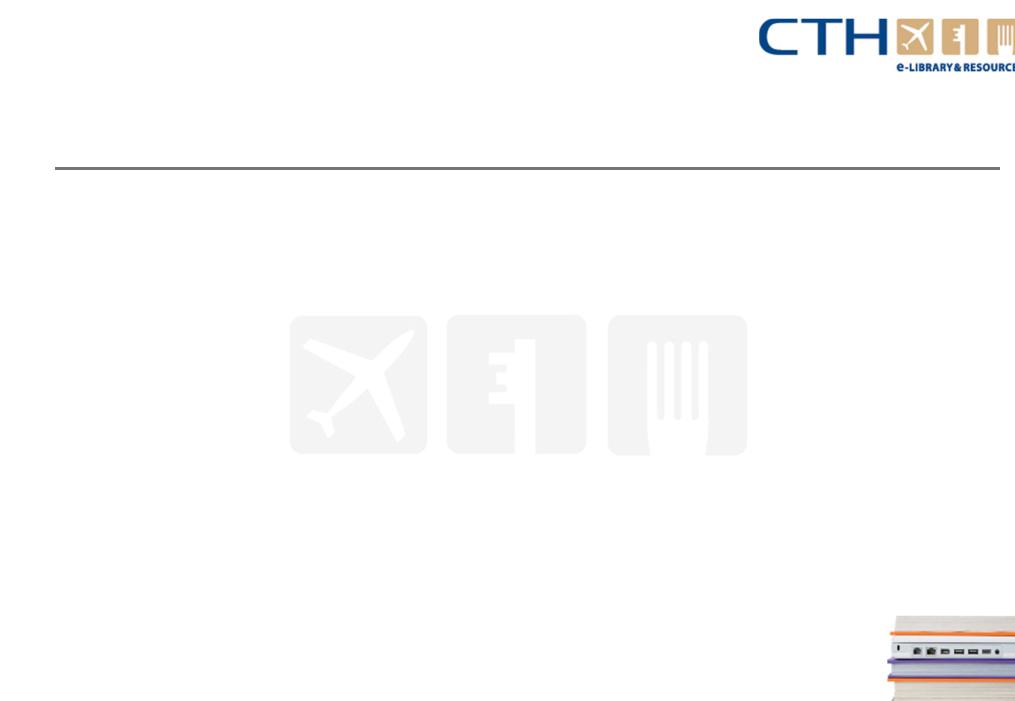
Chapter 3 – Check-in procedures
Receiving and checking-in guests
1.3 Registration continued…
Advantages of registration book |
Disadvantages of registration book |
|
Cannot be simultaneously used by multiple guests |
Cuts down on paperwork |
checking in: may cause delays |
Keeps records together (for ease of reference and |
Lacks confidentiality: guest entries are open to each |
storage) |
other |
Ensures that entries are in chronological order (for |
|
ease of reference) |
|
Protects entries from loss or alteration |
|
For larger hotels, with the likelihood of multiple simultaneous registrations, individual forms or cards are usually preferred. In a computerised system, a registration form Or card can be printed out, with some details pre-inserted from the reservations record: saving time for the guest on check-in.
www.cthresources.com |
Page 159 |
|
www.cthawards.com |
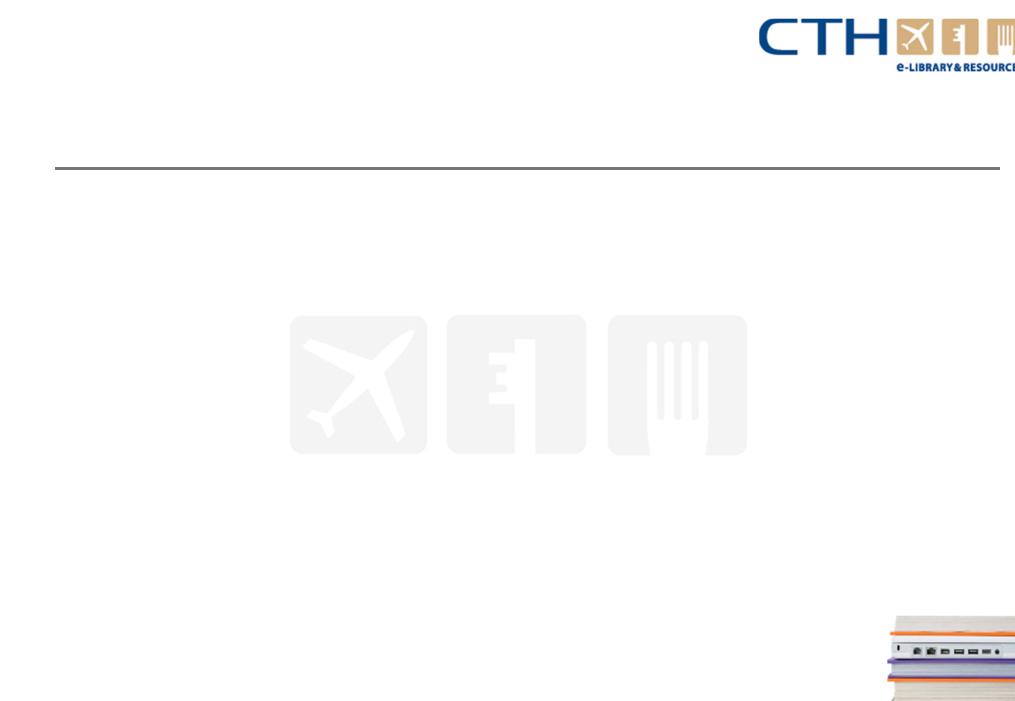
Chapter 3 – Check-in procedures
Receiving and checking-in guests
1.3 Registration continued…
Forms and cards may be more expensive to prepare and easier to mislay or misfile than using a bookform register. However, they are much more flexible. They can be filled out simultaneously by multiple arrivals - and issued in batches to groups (possibly in advance, e.g.. for conferences). They can be preprinted in different languages, if the hotel attracts a large number of guests of a particular nationality. And guest confidentiality is protected - unlike a book, where all entries are on display.
www.cthresources.com |
Page 160 |
|
www.cthawards.com |
